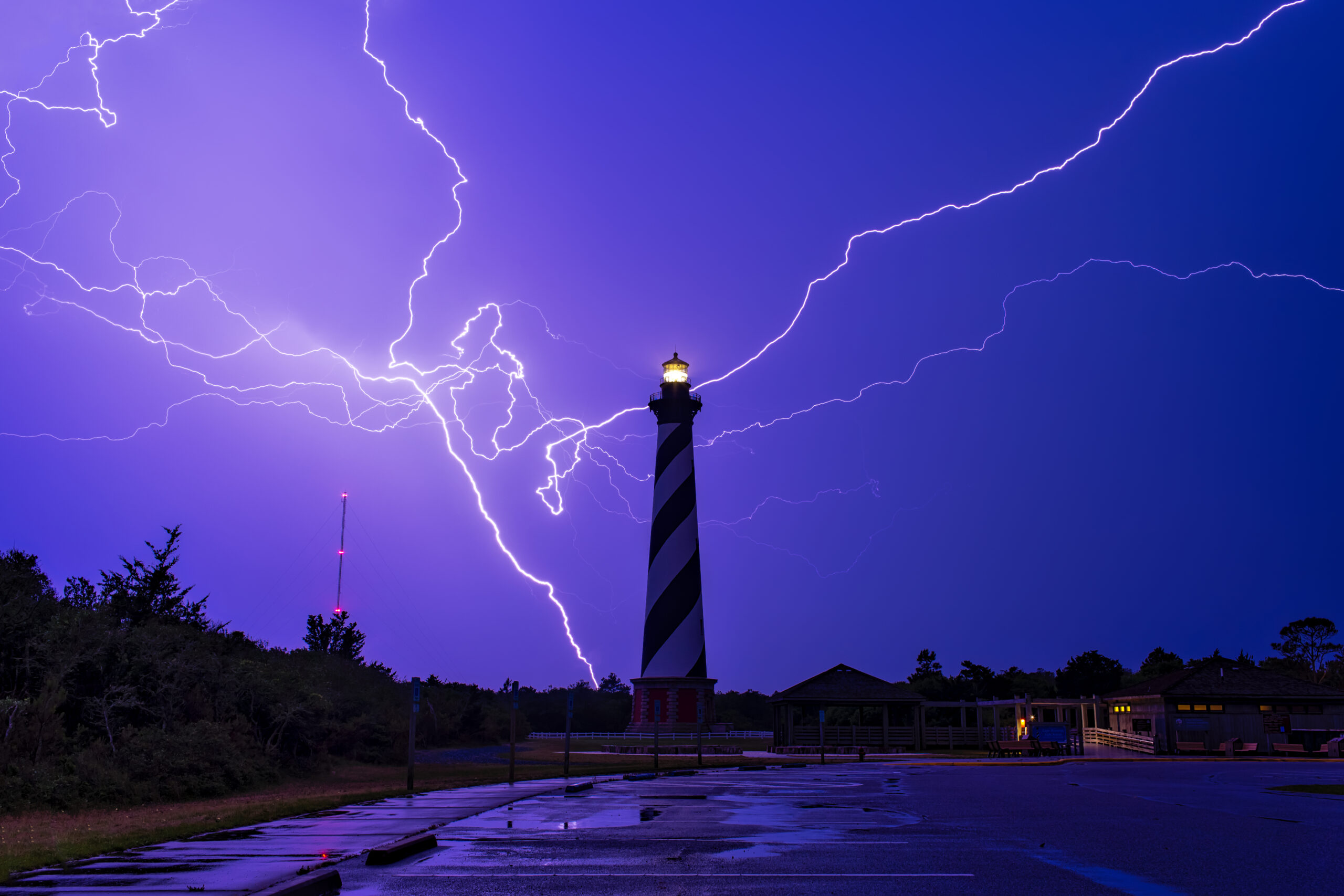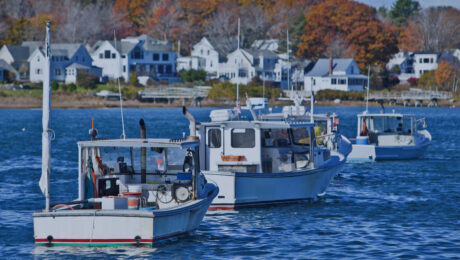Lightning is a powerful natural phenomenon that can be frightening when you are commanding a vessel on open water. Fortunately, gone are the days when ancient mariners could only plead for mercy with the sea gods in lightning storms. Today, different methods of lightning protection systems exist to help modern mariners minimize lightning strike damage - whether you are tooling around in a bass boat in Missouri, or a cabin cruiser in California, lightning can threaten your safety. Read ahead to learn more about lightning protection and what you might have on board attracting a lightning bolt.
Air Terminals, Grounding Plates, and ABYC TE-4 Standards
In the last century, the scientific understanding of lightning has advanced enough to pave the way for innovations in protection and prevention. We recognize that, although the odds of being struck by lightning are slim, the rise in usage of multiple interconnected electronics and AC/DC electrical systems on vessels has resulted in more frequent occurrences of lightning strikes. Thus boat owners incur more personal losses. Furthermore, damage from a lightning strike may not materialize until days later and can impact other vessel components such as the engine, rudder stock, and running gear.
Luckily, grounding a vessel in a way compliant with the American Boat and Yacht Council (ABYC) TE-4 standards will help protect your vessel in the case that it is hit by lightning. Grounding directs harmful current through bonded vessel components, thus providing electricity a clear path to the water and minimizing damage. This usual route is from the air terminal then out through the keel, the engine shaft, or an underwater dispersion ground plate (more on that later).
According to ABYC TE-4 standards, metallic vessel components should be bonded by tinned stranded copper #4 AWG. Copper braid should not be used. Large metal objects such as tanks, engines, electric winches, etc., within six feet of any lightning conductor, should be connected to the lightning protection system by a secondary lightning conductor, #6 AWG or larger.
Zone of Protection
Boat owners should be familiar with their vessel’s zone of protection in the case of a lightning storm. The zone of protection safeguards owners, crew, passengers, and guests by gradually reducing the electrical charge from a lightning strike to safe levels so as to not damage the vessel or people aboard. The incorporation of an air terminal or lightning rod at the top of a mast will substantially increase this zone of protection. The air terminal should be a copper rod (minimum diameter 3/8 inch), or a solid aluminum rod (minimum diameter 1/2 inch) which extends at least six inches above the top of the lightning protective mast and includes a rounded end.
For boats without a permanent mast, temporary protection can be achieved by erecting a mast when lightning conditions are observed. This temporary mast should be all metal and connected to a submerged grounding terminal. Best practice is to erect this temporary mast in the center of the boat.
Lightning at the marina
Lightning can strike at any moment, regardless of whether your vessel is on open water, on the hard, or tied up between pilings in a marina. Vessels connected to shore power are vulnerable to voltage surges during lightning storms, which can also have disastrous effects on technology and other equipment onboard. Even lightning striking a nearby utility pole has the potential to impact your vessel if it travels up through your shore power cord while looking for a ground. Surge-protective devices are one way to deal with this problem, as they will sacrifice themselves and absorb the electrical charge. However, boat owners can also simply disconnect their shore power during a lightning storm for good measure.
What do I do if I’m on board a boat during a lightning storm?
If you’re on a sailboat in open water during a lightning storm, chances are your eyes are darting nervously between the 50’ mast and the flashing sky. Head below deck instead. Generally speaking, passengers and occupants should retire to the enclosed portion of the boat. Guests and crew alike should avoid contact with any vessel items connected to the lightning protection system or with the ability to conduct electrical charge, such as the metal parts of a sailboat's rigging, spars, fittings, and railings. Arms and legs should NOT be dangled in the water.
Implementation of a proper onboard lightning protection system, practice of lightning safety behaviors and common sense can greatly reduce loss of life and property in the event of a lightning storm. Boating is a fun and adventurous activity that occasionally puts people in challenging or uncomfortable situations. Thankfully, modern innovations allow us to be prepared for and protected from the unexpected. You have done what you can to protect yourself, your vessel, and your passengers. Don't leave the rest up to chance - if you want more peace of mind in boating, try boating insurance coverage from Ahoy!


